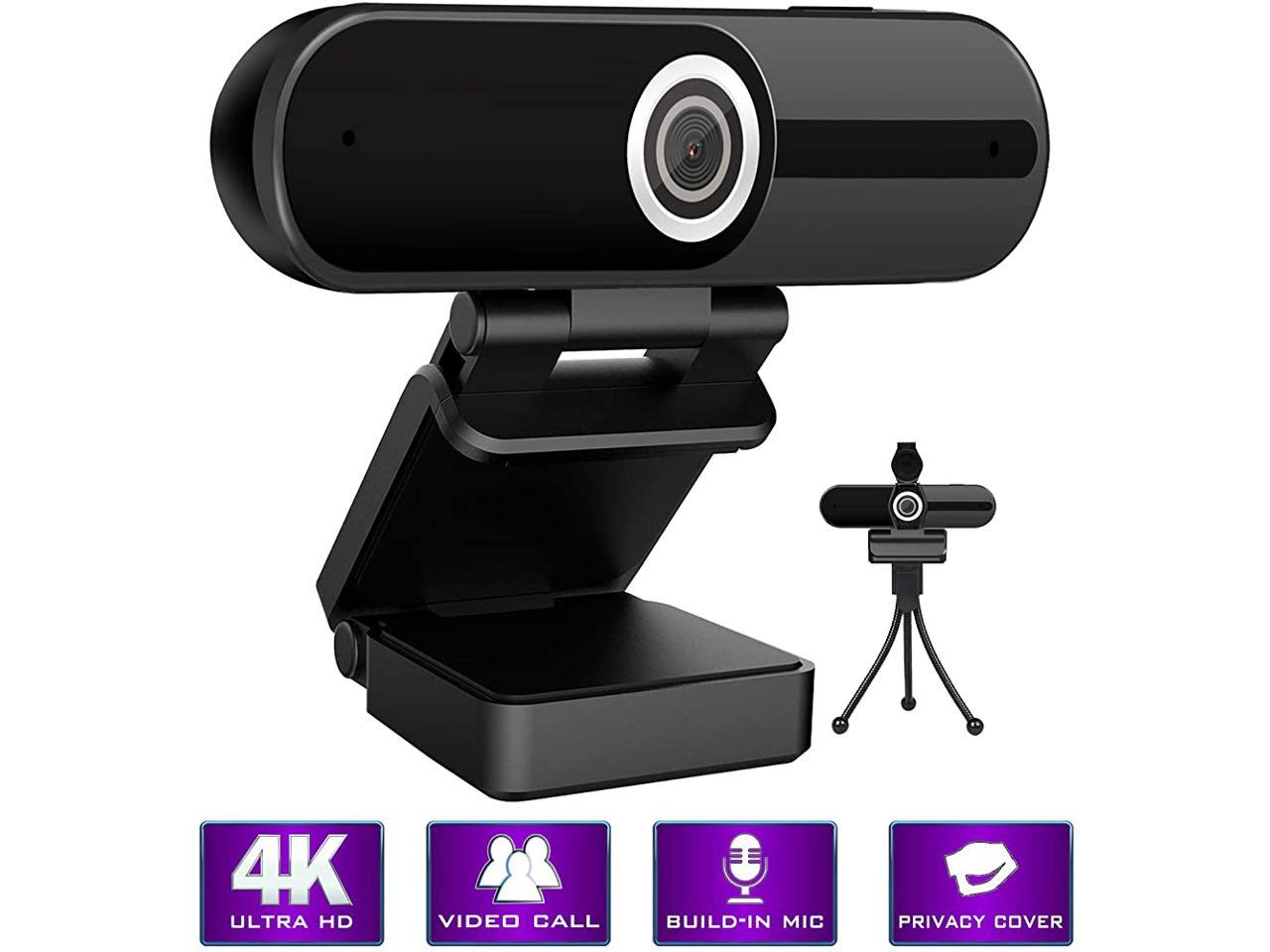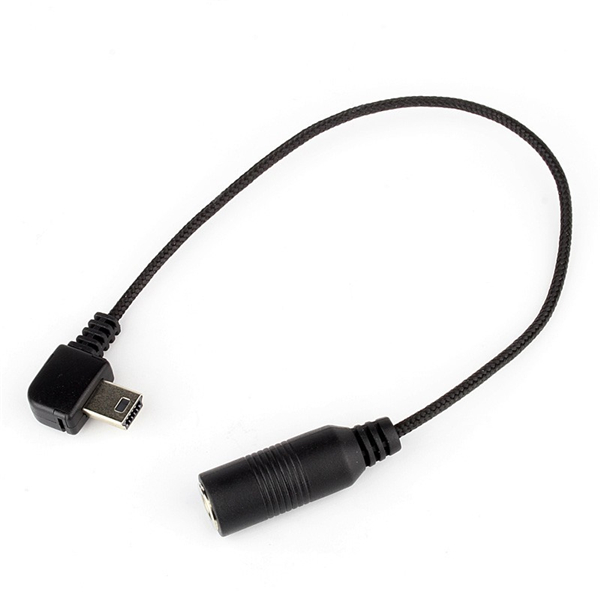

- #Camera plus pro usb microphone how to
- #Camera plus pro usb microphone android
- #Camera plus pro usb microphone professional
It allows them to record decent quality audio consistent with a lot of news coverage and even edit clips or email complete reports with multitrack audio back to the newsroom. Since at least the iPhone 4, some radio reporters have used the iPhone as their primary field recorder. In those situations, the sound recorded by the iPhone automatically makes your project seem amateurish. It’s another story when you’re trying to use that microphone for video projects with subjects more than two feet from the iPhone. However, under ideal conditions and using the right audio recording app, it can do wonders for simple audio-only projects. The downside is that it means the iPhone picks up a lot of room noise and other background noise as well. That can be great if you’re in a run and gun news setting where you don’t have the luxury of precise microphone placement and a lot of standard newsroom microphones are omnidirectional already. The built-in microphone on the iPhone is omnidirectional, meaning it is designed to pretty much pick up all the sound around the phone. One should point out that by itself, the iPhone still proves to be a capable audio recording device. It also means you won’t be stuck with a useless microphone if Apple does away with its Lightning port on a future generation of phones.įIRST, AUDIO RECORDING WITH THE IPHONE BY ITSELF That means investing in a good, industry standard microphone means you can continue to use it for years and with other equipment beyond the iPhone itself. We’ll touch on some of those proprietary options below as well, but it’s worth noting that audio gear has not changed as quickly as video over the years. None of these microphones were made specifically to connect to an iPhone. Rode NTG-2 XLR Condenser Shotgun Microphone These are the microphones we’ll be using: Specifically, we’ll look at methods that require minimal additional equipment to connect your existing audio recording gear to the iPhone.
#Camera plus pro usb microphone professional
We’ll examine several techniques to record professional audio on an iphone using external microphones. That’s where most media creators run into challenges or begin to accept sub-par results.

These limitations must be overcome in order to use the iPhone in coordination with professional audio equipment. Those include limited connectivity through a single Lightning port, minimal voltage necessary to power some microphones and a reliance on consumer apps not intended for professional audio production. As a multimedia tool, though, the iPhone comes with inherent limitations.
#Camera plus pro usb microphone android
Both iPhone and Android smartphones are incredible, tiny computers that have already eclipsed speeds of laptop computers from just a few years back.
#Camera plus pro usb microphone how to
Whether recording a podcast, narration for video or upping your game for live video streaming projects like news interviews over Skype, many media professionals will come to a point where they want to learn how to record professional audio on an iPhone or iPad with an external microphone.


 0 kommentar(er)
0 kommentar(er)
